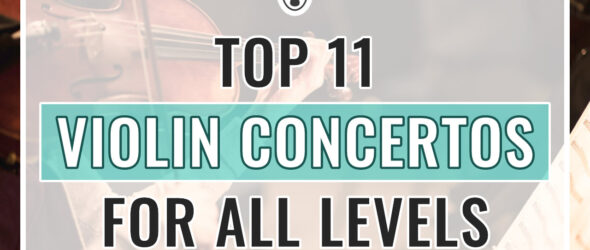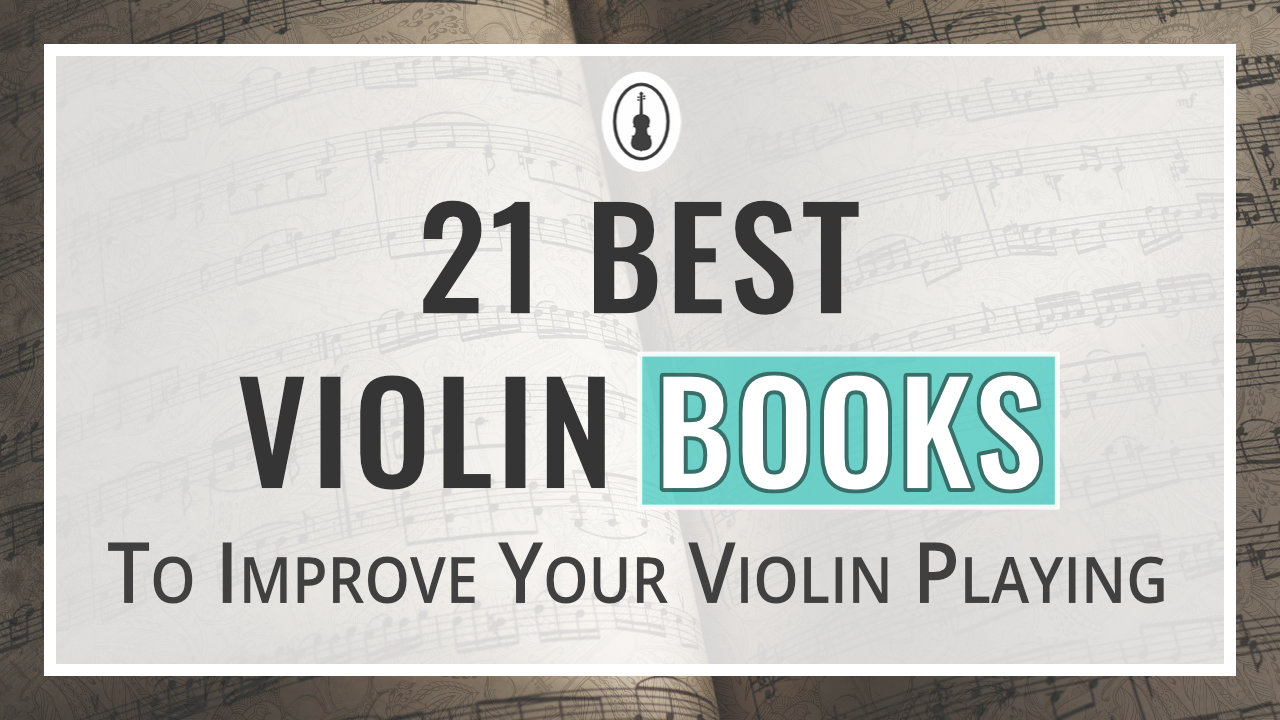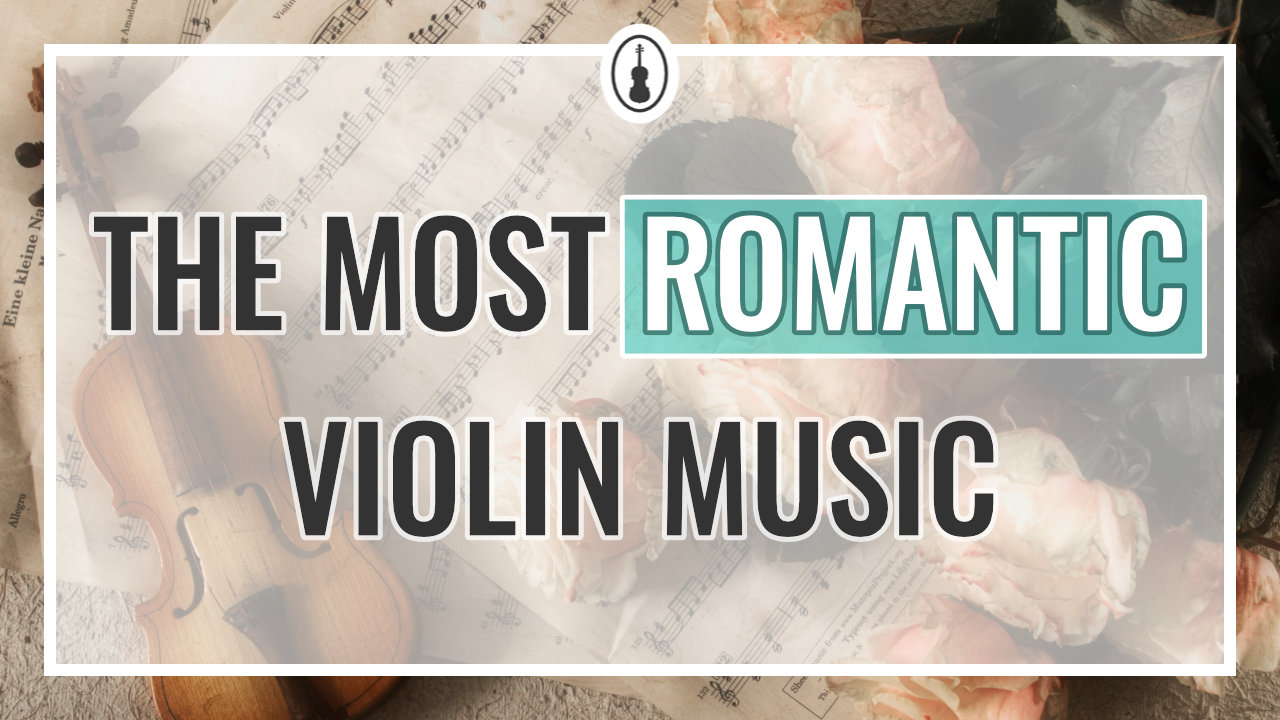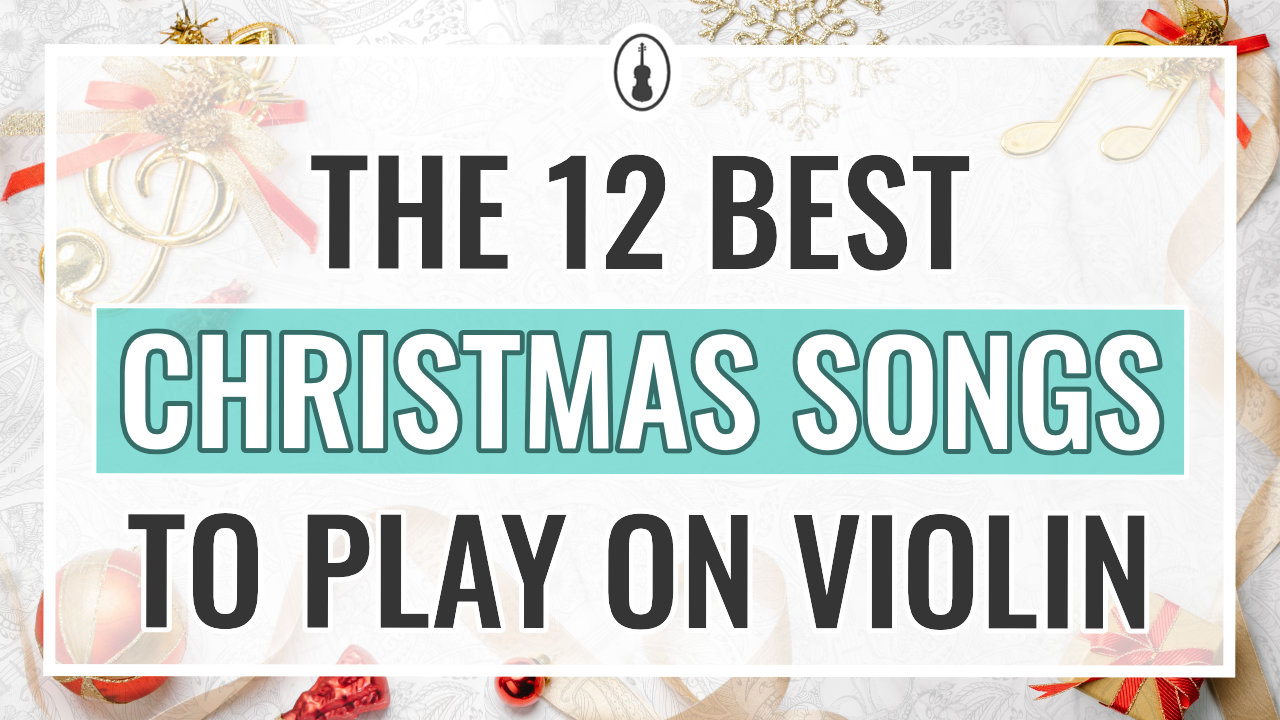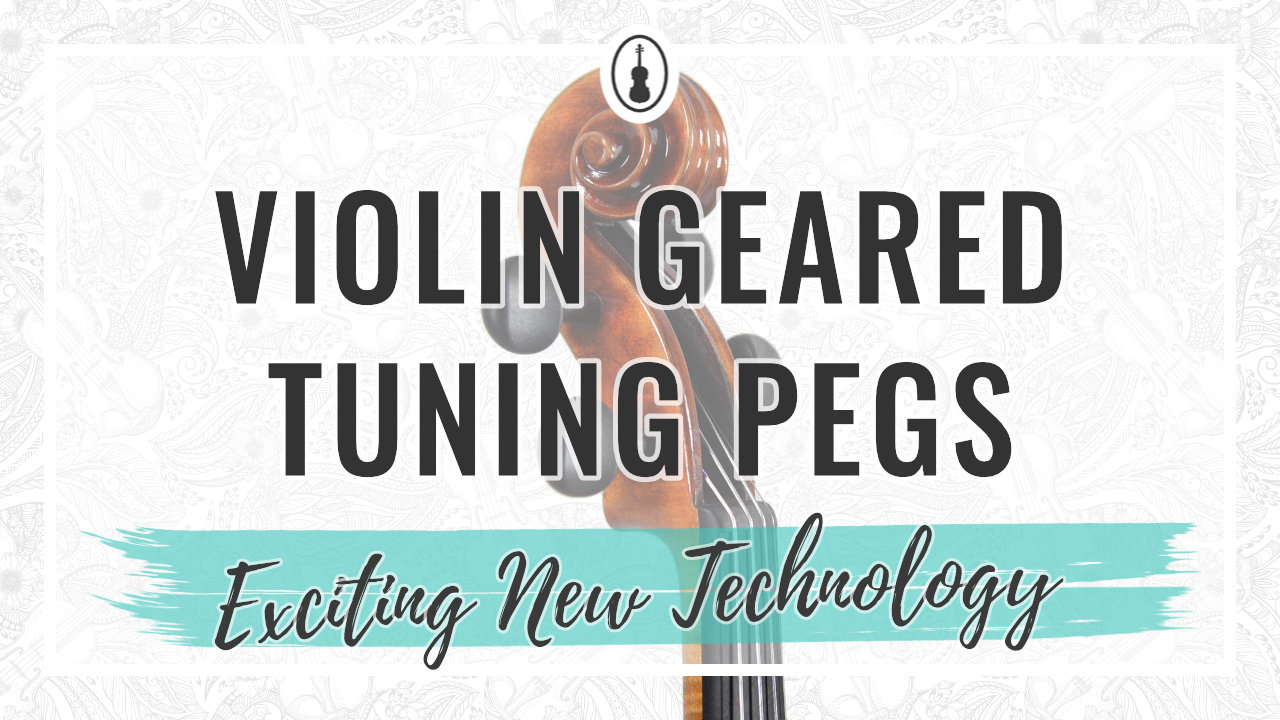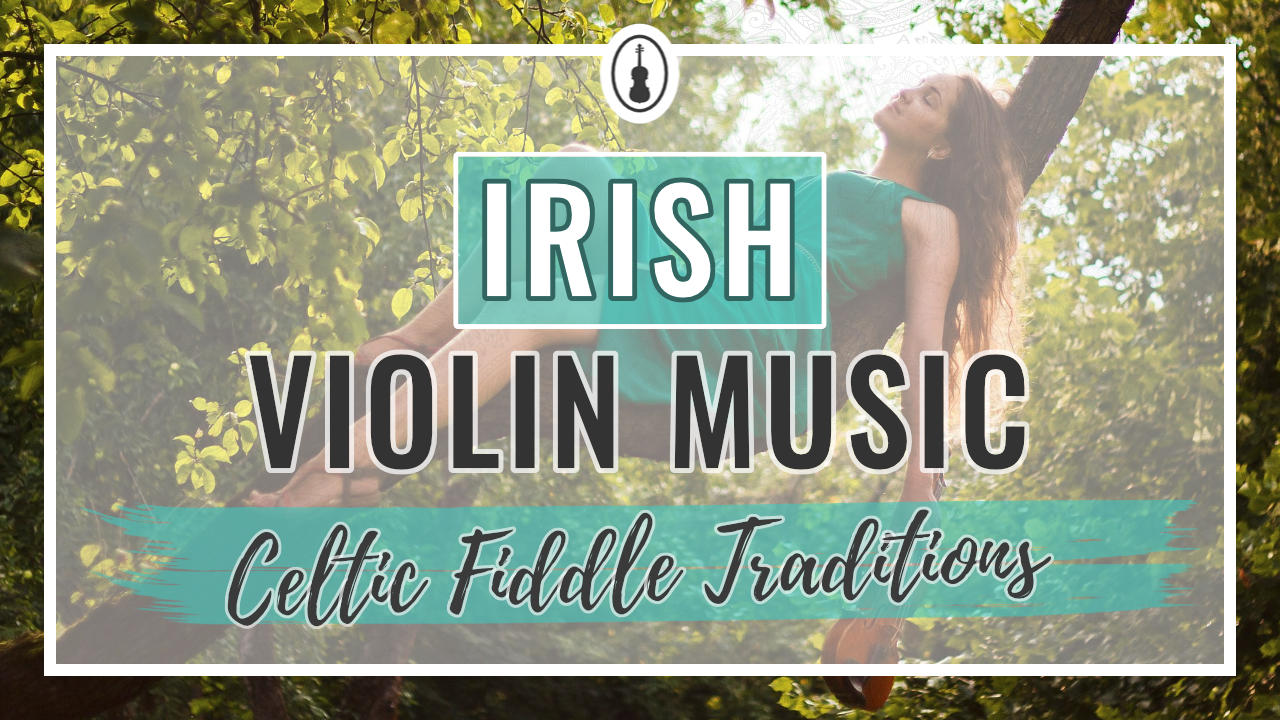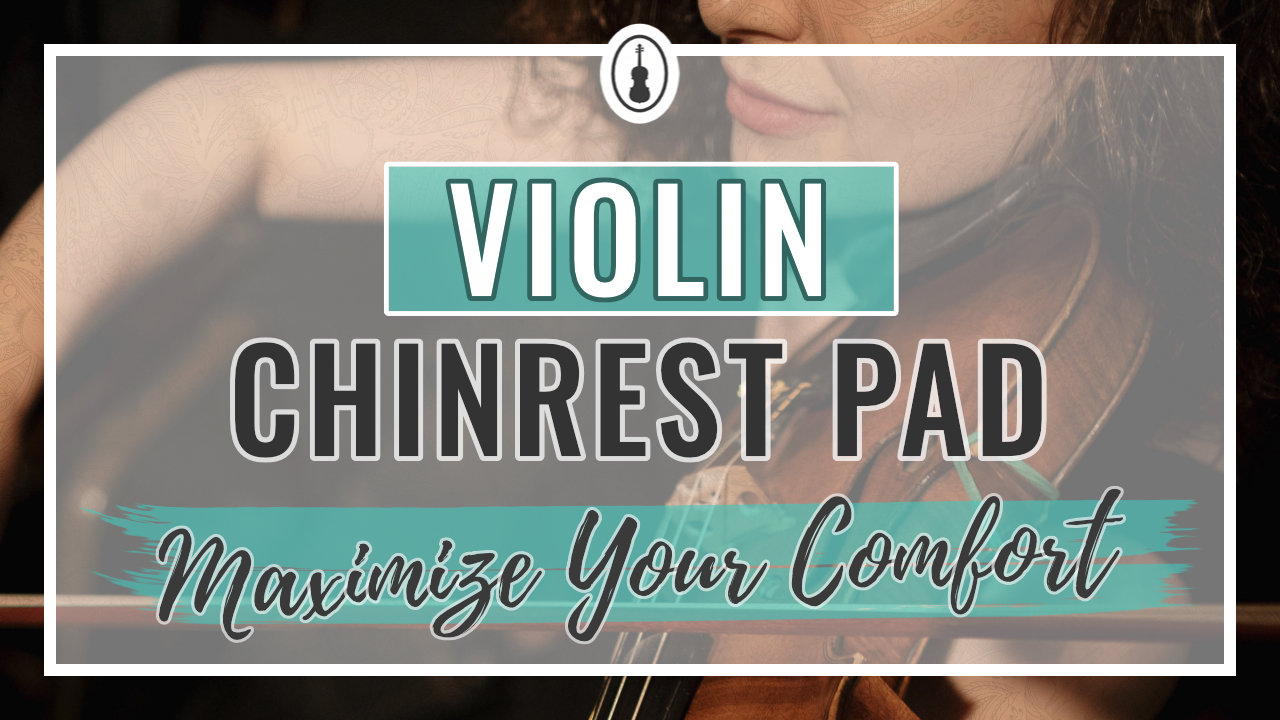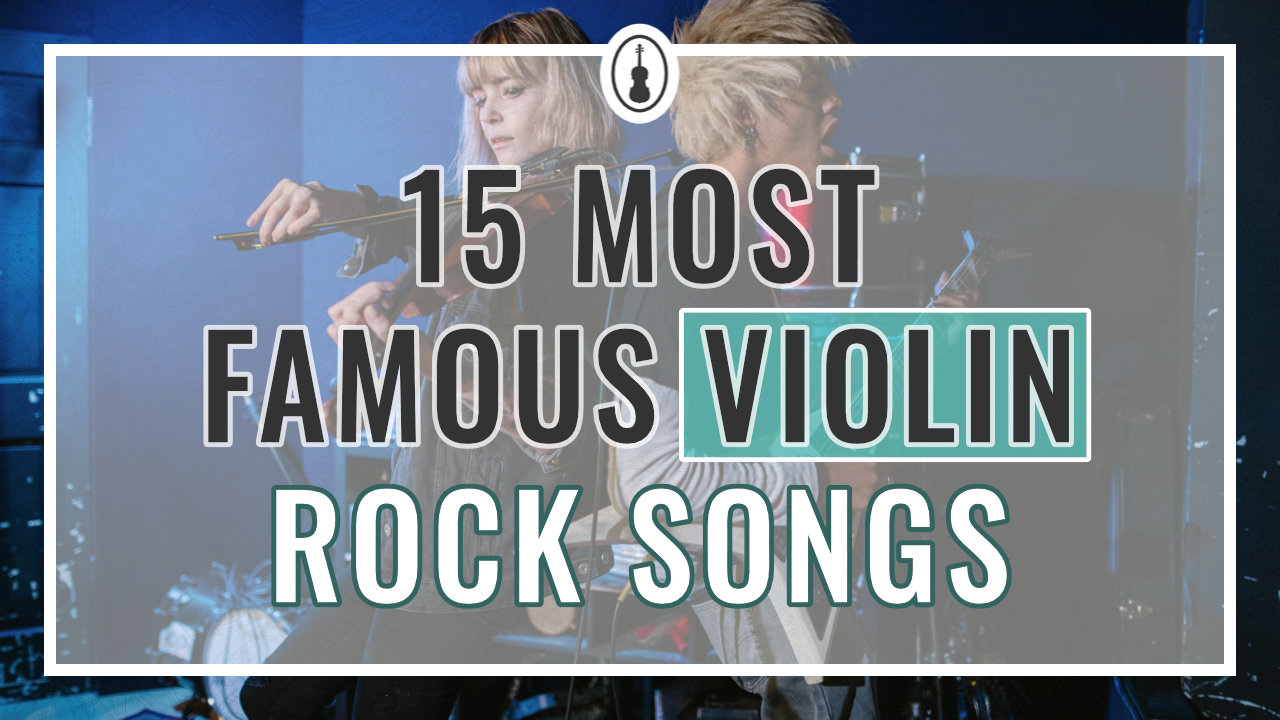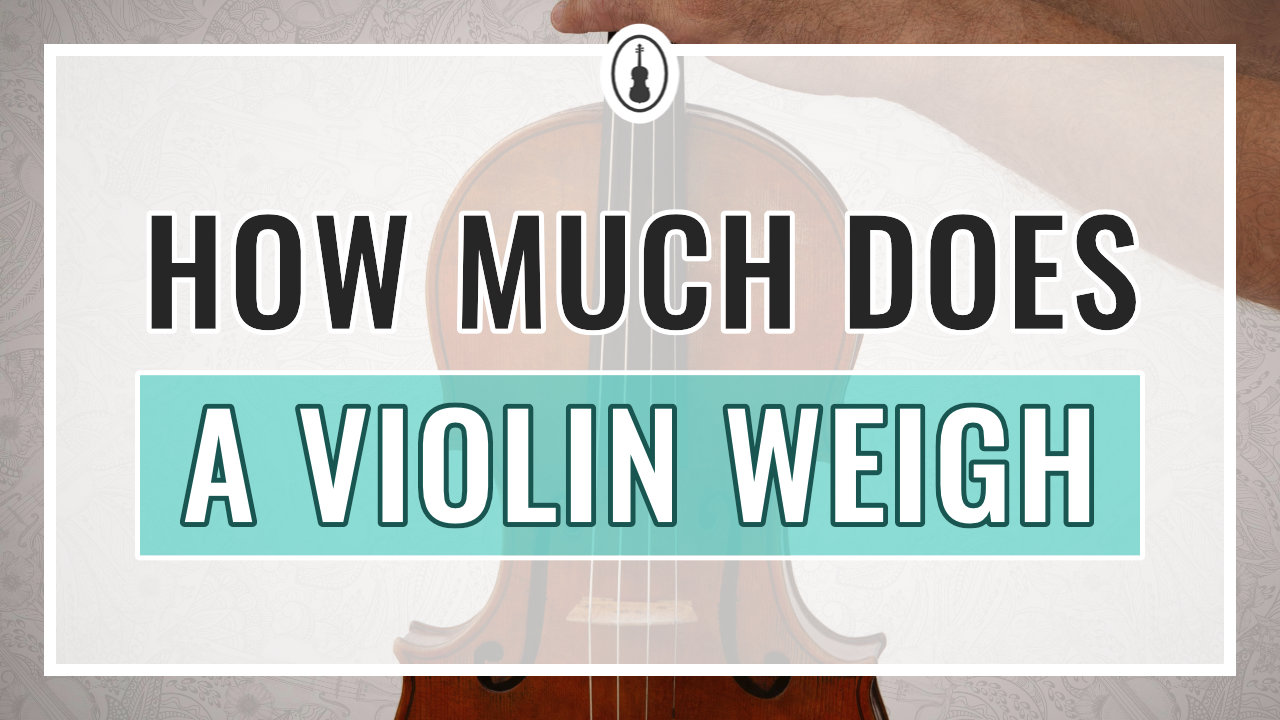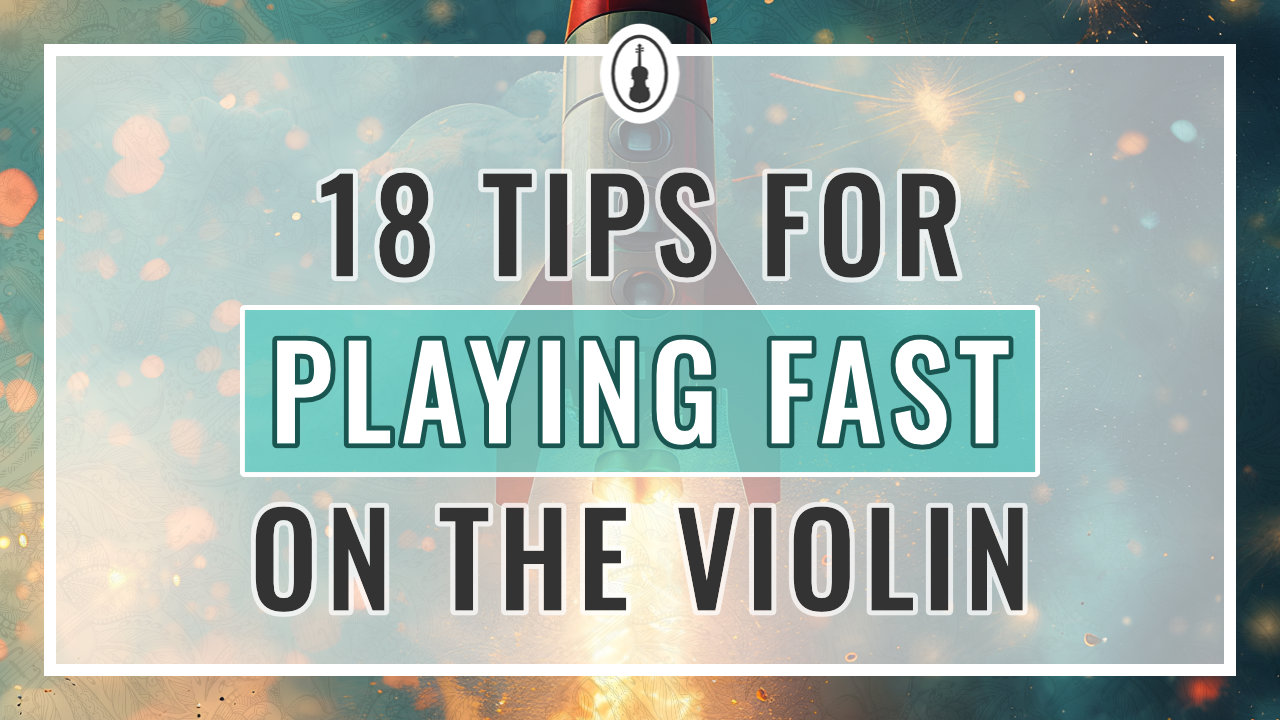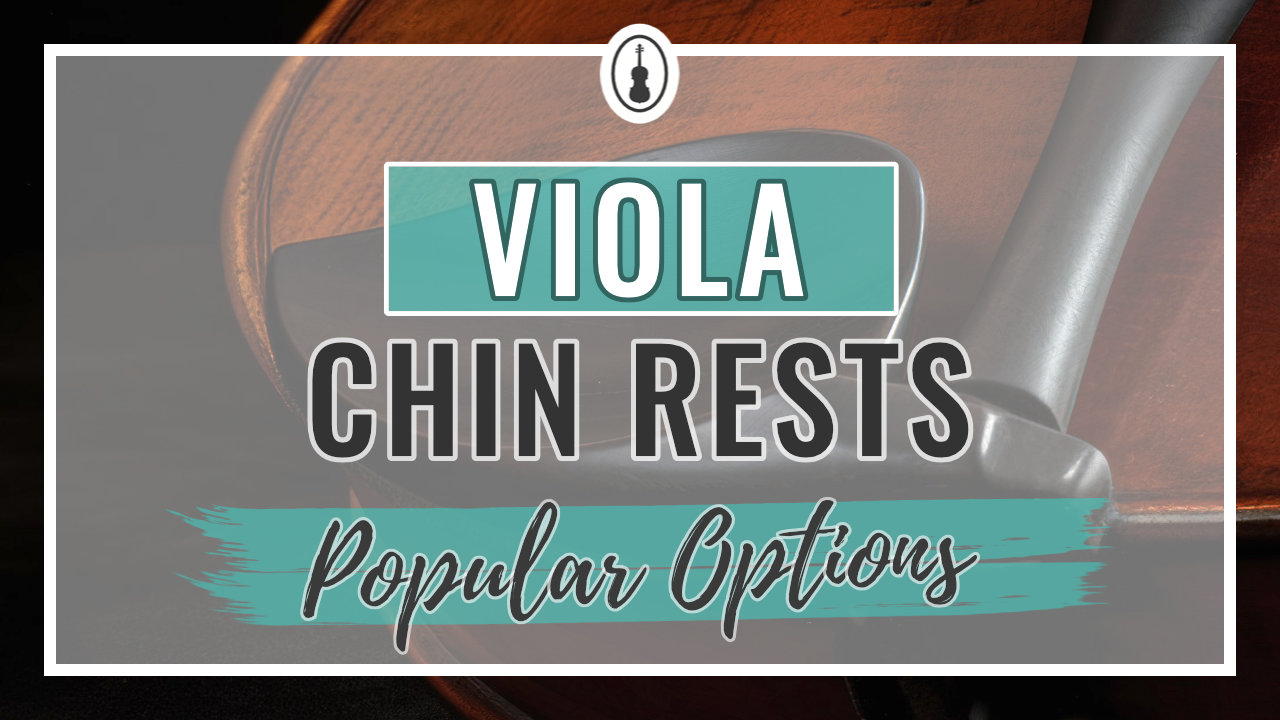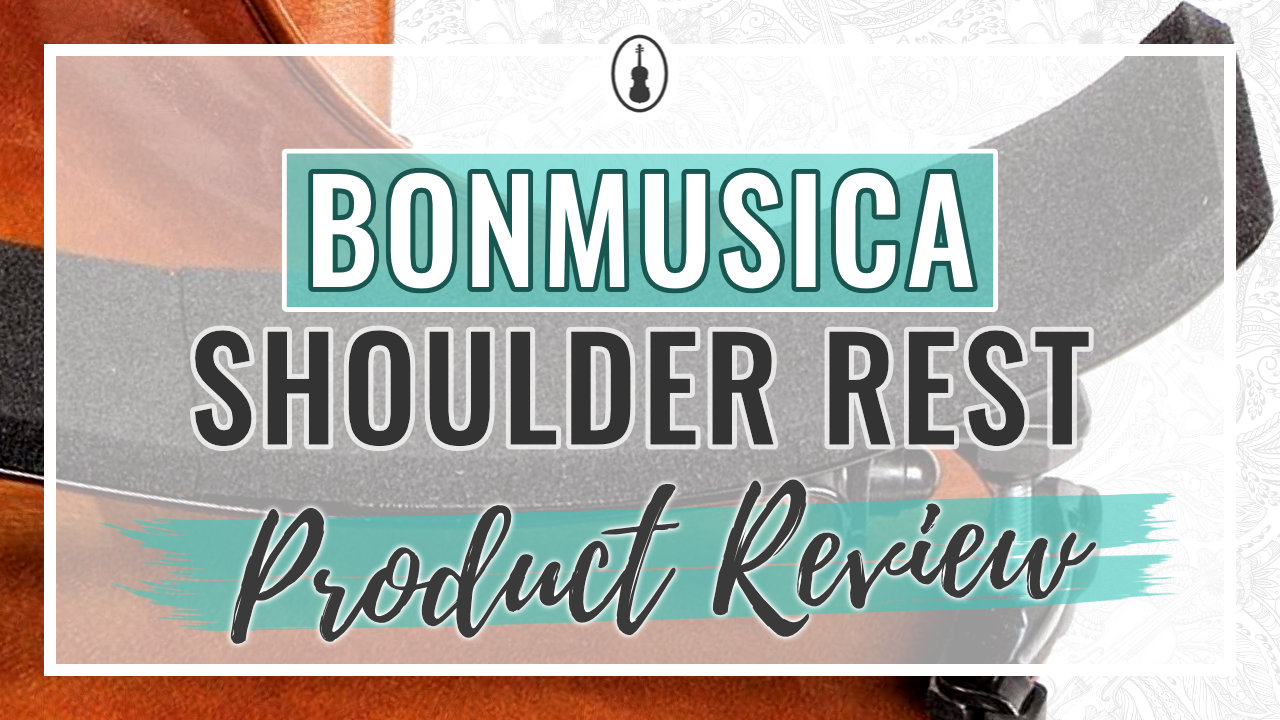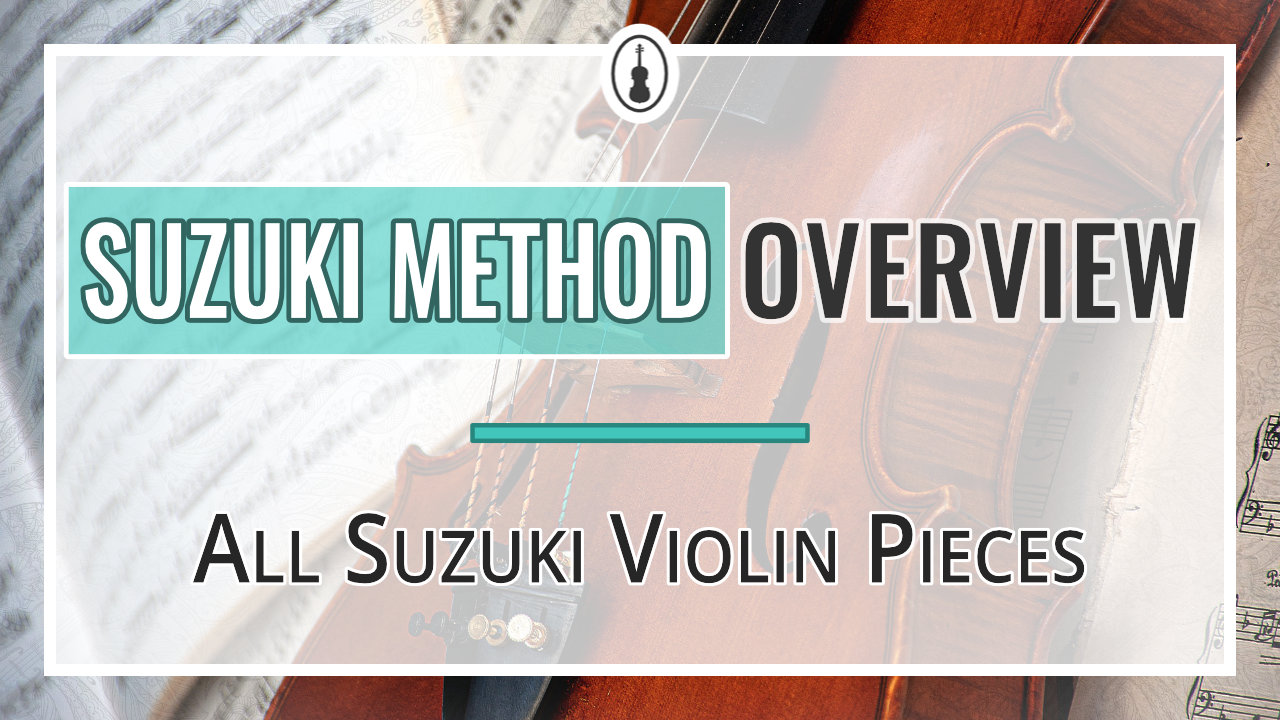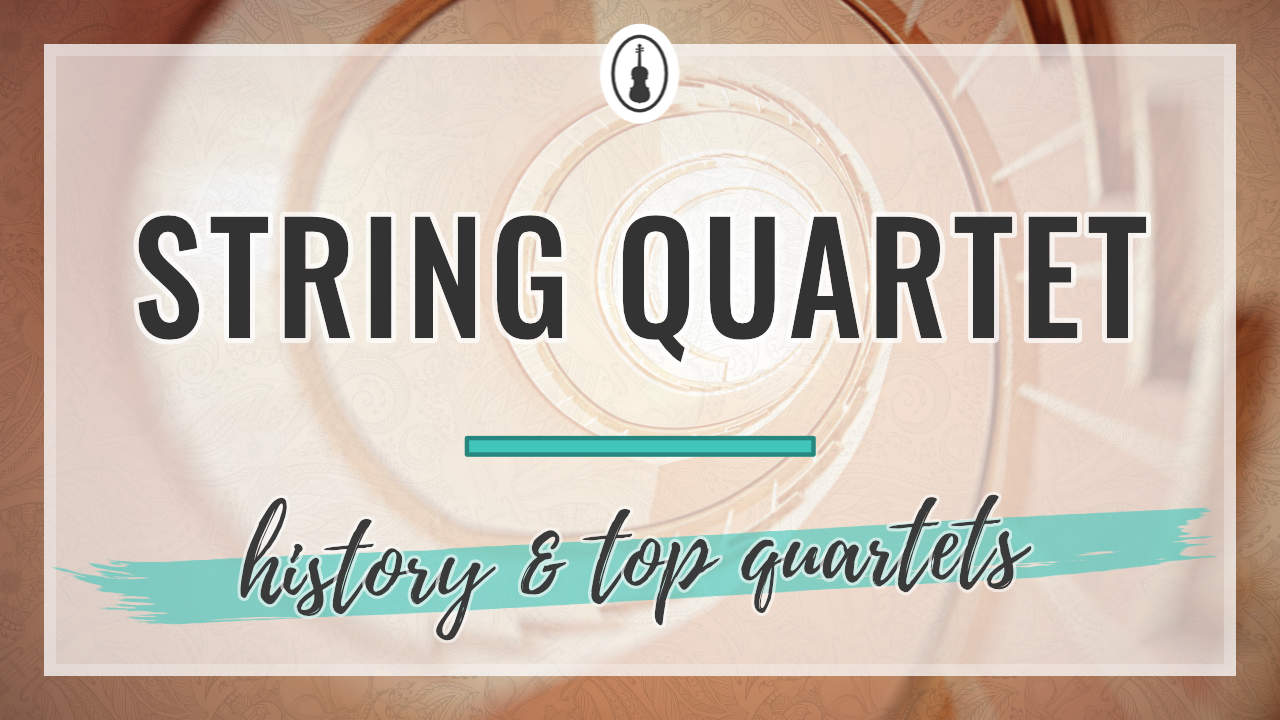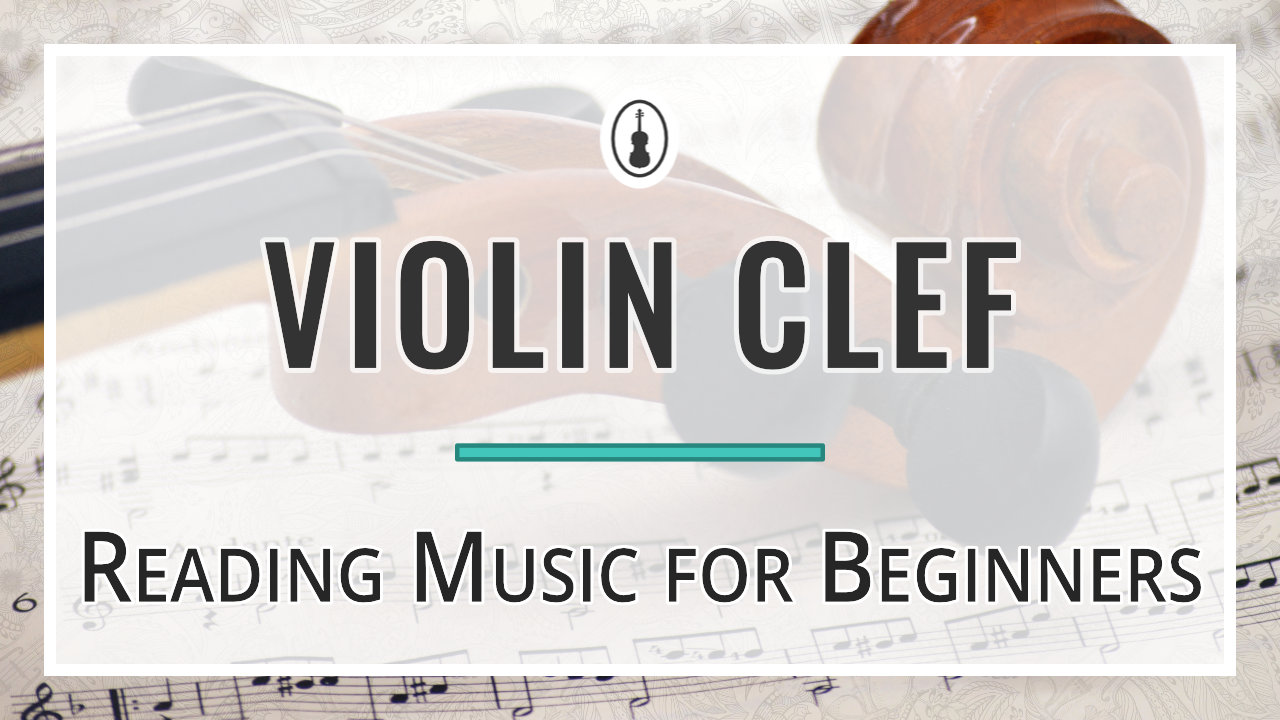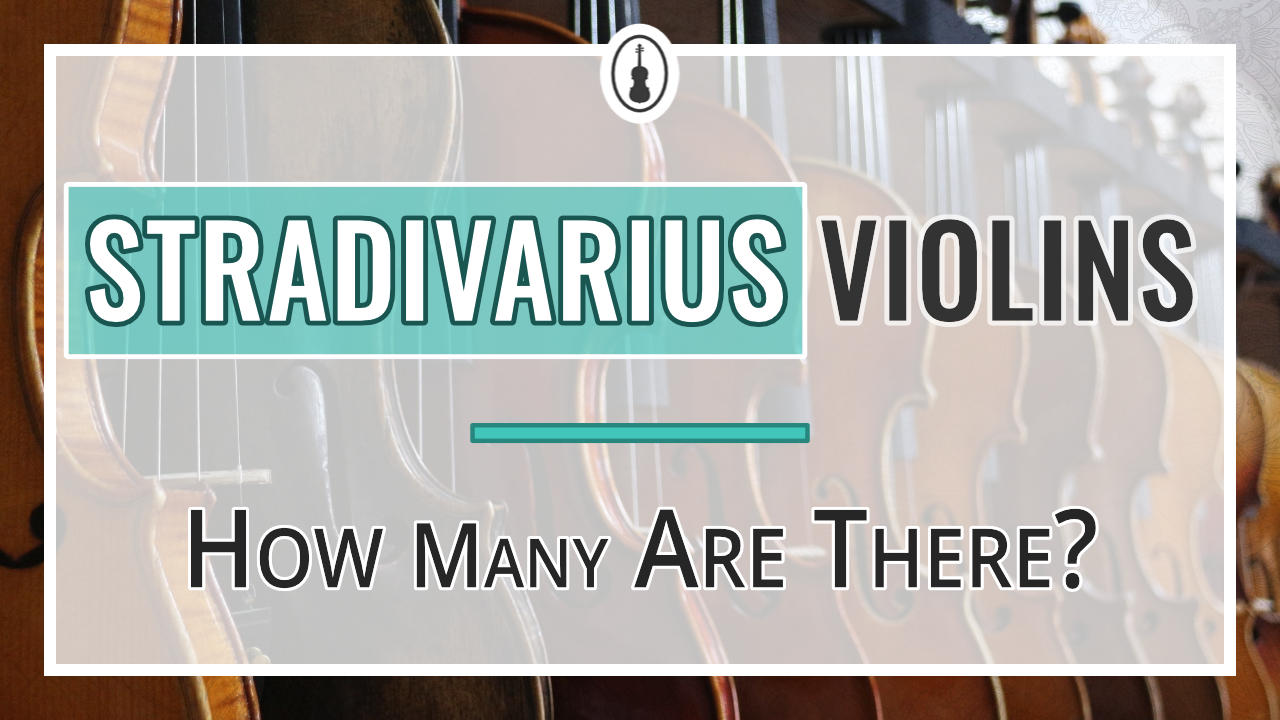A list of violin concertos for all levels of violin players
If you enjoy classical music, I bet you’ve always wanted to learn a violin concerto. I don’t blame you—that’s one of the reasons I wanted to play the violin, too!
Violin concertos are usually written for a soloist to show off and impress the audience, which means that most of these pieces aren’t intended for beginners. Even most of the “easiest” concertos are still quite difficult!
But there are a few concertos that beginners and intermediate violin students can learn, with dedicated practice and motivation! I’ll also share recommendations for advanced and expert-level players. And for many of these concertos, I share the free sheet music with you. Enjoy!
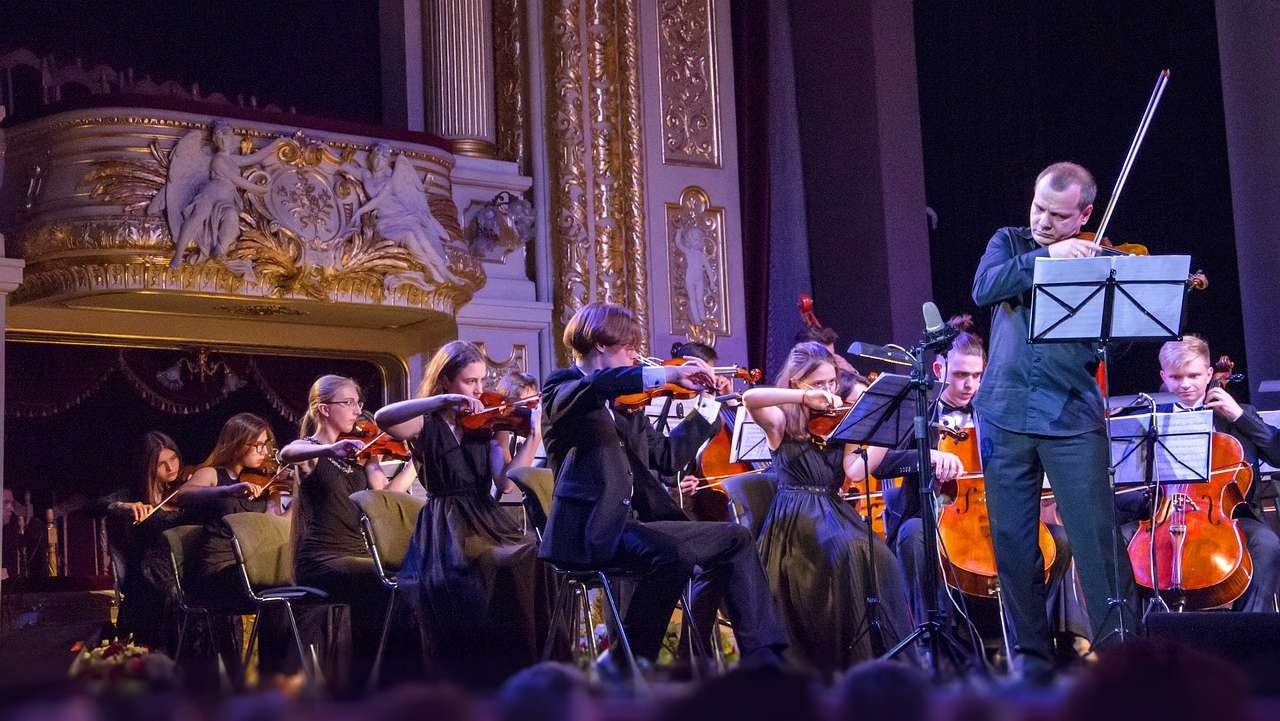
What is a violin concerto?
A violin concerto, or for any other instrument, is a long, showy piece for a solo instrument with an orchestra or other ensemble accompanying it. A violin concerto is this type of piece, with the soloist playing the violin.
Vocal concertos originated in the 16th century, and composers began writing concertos for instrumentalists in the 17th century. The concerto as we know it was popularized by Baroque era composers like Bach and Vivaldi and developed further in the Romantic era by composers like Beethoven and Bruch.
Violin concertos are traditionally three movements long and include a cadenza towards the end of the first movement. A cadenza is a short passage performed only by the soloist. In the Baroque, Classical, and early Romantic eras, the soloist improvised or wrote their own cadenza, usually based on the main theme while adding technical flair. Starting around the middle of the Romantic era, composers began writing the cadenza for the soloist. Sometimes soloists will write and publish their own cadenza, and students learn and perform that specific version.
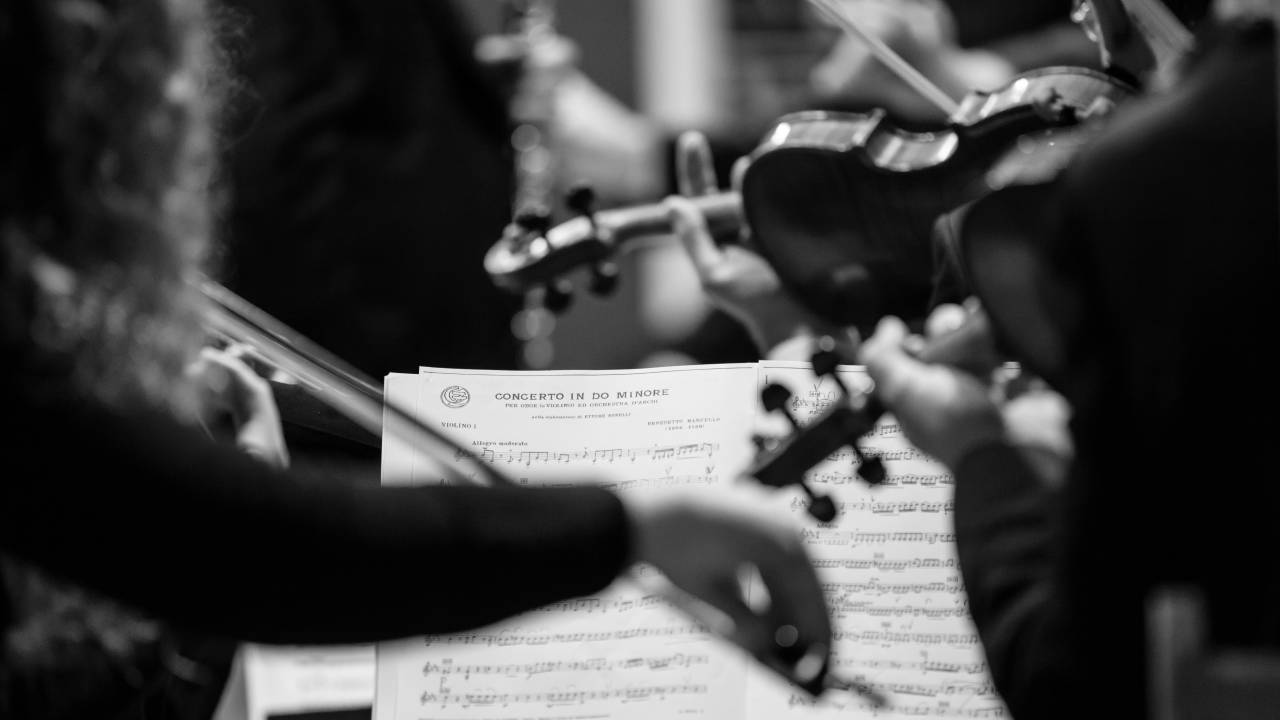
Beginner Level Violin Concertos
Unfortunately, there are very few violin concertos written with beginners in mind. Concertos are meant to show off a soloist’s skills and are very virtuosic. Therefore, most concertos are some of the most difficult music to learn.
However, some composers have written “student concertos” which give those with less experience a chance to try their hand at this great form of music. These pieces are a great place to get started if you’ve been playing violin for a while but just haven’t learned intermediate or advanced techniques yet.
Many of these concertos will be longer than other pieces you’ve learned. Practice slowly, in small chunks, and over time, you can put those chunks together, building up to the full concerto.
Today I’ve chosen beginner concertos that only require first position!
Rieding Concerto in B minor, Op. 35
Time Period: Romantic Era
Key Signature: D Major (1st movement), G Major (2nd movement), B minor (3rd movement)
Featured Techniques: Legato, slurs, accidentals, fourth finger, accents
Our first concerto is Oskar Rieding’s Concerto in B minor. This violin concerto can be played completely in the first position, and the first movement is very legato, with many slurs. This will give you a great chance to practice long, smooth bows!
My students at Julia’s Violin Academy enjoyed learning this concerto a lot! If you’d like to study this concerto in detail, you can watch recordings of our live lessons over here (JVA members only).
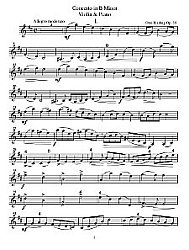
Rieding – Violin Concerto in B minor, Op. 35
Free Violin Sheet Music
Portnoff Violin Concertino in E Minor, Op. 13
Time Period: Romantic Era
Key Signature: E minor, G Major (first movement), C Major (second movement), E minor (third movement)
Featured Techniques: Staccato, accents, fast sixteenth notes, double stops with one open string, accidentals
Our next violin concerto is actually a concertino! A concertino is similar to a concerto in that it shows off a solo instrument, but it’s often shorter than a concerto and sometimes requires a smaller orchestra, or even just a small ensemble of instruments to accompany the soloist.
There are many long notes and slow melodies in the second movement, which give you a chance to develop and practice vibrato. Use a slow bow speed in these passages to help create beautiful phrasing!
There are some double stops around the end of both the first and third movements, but most of them include at least one open string. Practice double stops before and while learning this concerto, and you’ll find them to be much easier to manage!
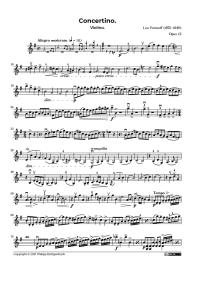
Portnoff Violin Concertino in E Minor, Op. 13
Free Violin Sheet Music
Seitz Violin Concerto in G Major, Op. 13
Time Period: Romantic Era
Key Signature: G Major (1st movement), B minor (2nd movement), G Major (3rd movement)
Featured Techniques: Cadenza (very fast sixteenth notes and unique interpretation), staccato, double stops (usually with at least one open string, but some with two stopped notes), accidentals, trills
Seitz Violin Concerto in G Major can be played all in the first position, although if you’re starting to play in the third position, you can add your own shifts to play with more vibrato and add expressive sighs. Itzhak Perlman did this in the recording above! It adds an extra layer of beauty to the music.
There are quite a few double stops throughout this concerto. Some are double stops with one open string, which is an easier start. Then, we have some double stops with two stopped notes. This type of double stop is more challenging, but it’ll be great practice to help you prepare for the intermediate-level violin concertos!
This is the first concerto on my list with a cadenza, so let’s talk about how to practice it: start by playing the notes very slowly, then gradually go faster. The nice thing about cadenzas is that they’re a moment for you to express your unique self, and to show off. So, it’s okay if you play these notes on the slow side—just make it dramatic, and it’ll be great! Listen to how the soloist in the recording starts slowly and then gradually speeds up. This is easier than trying to play all those notes quickly, and it makes for a very dramatic, expressive moment.
You may recognize the third movement from Suzuki Book 4. It requires a lot of bow control on the staccato notes and switching between legato and staccato quickly. It’s a great learners’ piece, and it sounds exciting!
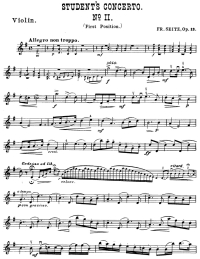
Seitz Violin Concerto in G Major, Op. 13
Free Violin Sheet Music
Intermediate Level Violin Concertos
Once you’ve learned third position, the doors open up to a much wider variety of violin music! You’ll have access to higher notes, and new ways to play notes on other strings.
The violin concertos below are also great for practicing and developing your vibrato. There are also plenty of fast passages that will require dedicated practice and precision.
Although the intermediate-level violin concertos below take a lot of focused practice over a long period of time, the end result is so worth it. You’ll see so many changes in your technique, and you get to play great music! A win-win!
Vivaldi Concerto in A minor Op. 3 No. 6
Time Period: Baroque Era
Key Signature: A minor (1st movement), D minor (2nd movement), A minor (3rd movement)
Featured Techniques: Third position, Shifting between first and third positions, fast sixteenth notes, thirty-second notes, fast string crossings
Antonio Vivaldi is one of the greatest composers from the Baroque era and wrote over 800 pieces of music. His Violin Concerto in A Minor is very popular, especially because it appears in the 4th Suzuki book.
This is a great introduction to more challenging violin concertos and includes quite a few difficult techniques for an intermediate-level violinist. This is the first violin concerto on this list that requires knowing the third position, and you’ll need to shift between the first position and the third quickly. Keep practicing shifting exercises to learn your fingerboard and to perfect your intonation, so that it feels easier within this concerto.
There are also many fast notes, even thirty-second notes in the second movement. The second movement is slow, which is typical in traditional concertos; so the 32nd notes aren’t actually that fast. Just remember that they’re twice as fast as 16th notes, and you’ll do fine!
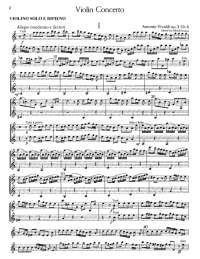
Vivaldi Concerto in A minor Op. 3 No. 6
Free Violin Sheet Music
Accolay Violin Concerto in A minor
Time Period: Romantic Era
Key Signature: A minor
Featured Techniques: Arpeggios, double stops (thirds, sixths, octaves), third position, fifth position, uneven bowings, fast passages, bow control
The Accolay Violin Concerto moves us further away from “student concertos” and more into the well-known concerto repertoire. While I struggled with learning this violin concerto in my own studies, it’s a great one to learn for late-intermediate violinists!
You’ll want to practice arpeggios, particularly A minor and E Major in preparation for this violin concerto. Plus, there are many double stops. A smart way to practice double stops is through scales. Many scale books also include scales in double stops as very helpful exercises.
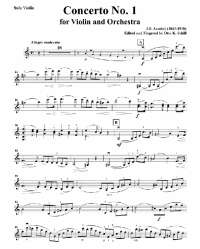
Accolay Violin Concerto in A minor
Free Violin Sheet Music
Viotti Violin Concerto No. 22 in A minor
Time Period: Baroque Era
Key Signature: A minor (1st movement), E Major (2nd movement), A minor (3rd movement)
Featured Techniques: Double stops (thirds and octaves), fifth position and higher, fast chromatic lines,
A lesser-known Baroque violin concerto is Viotti’s 22nd. As you might guess, he wrote many concertos for violin!
This one in particular goes up very high on the fingerboard with fast, chromatic lines. Review some chromatic scales, and practice shifting between high positions like third and fifth.
This violin concerto also includes many double stops; particularly thirds and octaves. Again, a great way to practice these is in your scales.
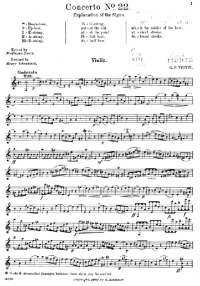
Viotti Violin Concerto No. 22 in A minor
Free Violin Sheet Music
Advanced Level Violin Concertos
If you’re an advanced-level violinist, you can start learning a few of the greatest violin concertos! You’re well on your way to working on the Brahms Violin Concerto, Elgar Violin Concerto, or even Beethoven’s Violin Concerto.
Advanced-level concertos, while not the highest level out there, require precise intonation and quick technical skills. There are many shifts, especially to very high positions. You’ll want to have a lot of practice with vibrato because slower movements with long notes require it.
Here are three violin concertos recommendations for advanced violinists:
Vivaldi The Four Seasons
Time Period: Baroque Era
Key Signature: E Major (Spring), G minor (Summer), F Major (Autumn), F minor (Winter), and various more
Featured Techniques: Trills, various double stops, fast passages, high positions and fast shifts
The Four Seasons by Antonio Vivaldi is actually a total of four concertos! They’re all about the same level, but Spring is the first concerto of the group and is the most straightforward of the four. This is one of the staple pieces from the Baroque era, and it feels so rewarding to learn!
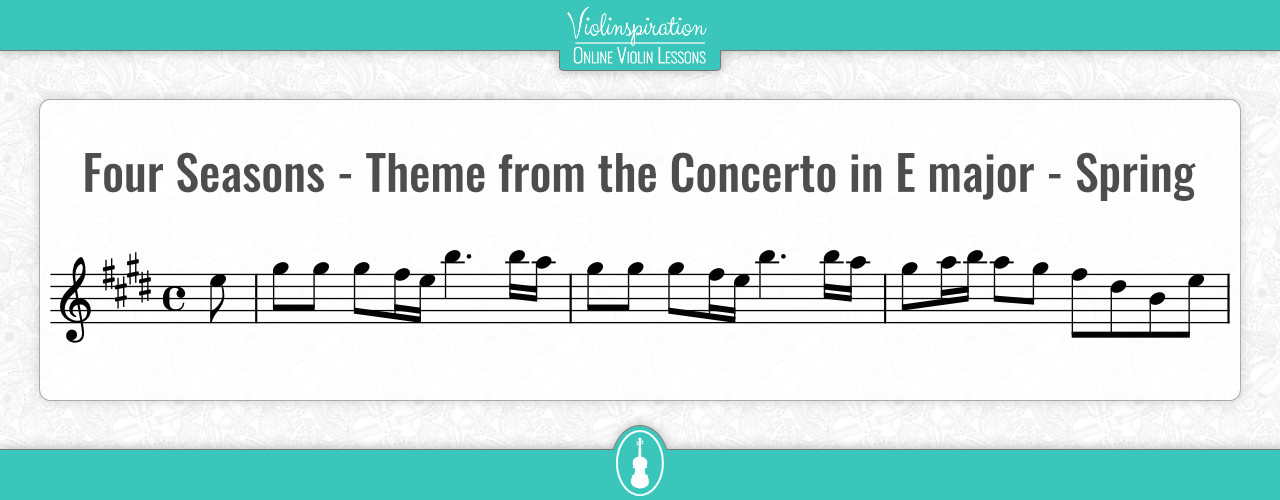
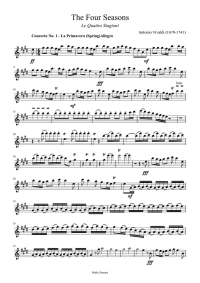
Vivaldi – The Four Seasons – Violin Solo
Free Violin Sheet Music
Mozart Violin Concerto No. 3 in G Major
Time Period: Classical Era
Key Signature: G Major (1st movement), D Major (2nd movement), G Major (3rd movement)
Featured Techniques: Fast passages, high shifts, double stops, intense cadenza
Wolfgang Amadeus Mozart is the gold standard for classical music, as the music he wrote is so incredibly beautiful and almost untouchable. While the music itself might not seem awfully difficult, his music in particular requires impeccable intonation and accurate technique.
Mozart’s five concertos are considered some of the best violin concertos, and his third, in G Major, is the most approachable.
Mendelssohn Violin Concerto in E minor
Time Period: Romantic Era
Key Signature: E minor (1st movement), C Major (2nd movement), E minor (3rd movement)
Featured Techniques: High positions, fast runs, arpeggios, bariolage, double stops
Felix Mendelssohn wrote one violin concerto, and it’s one of the first major concertos that violinists learn. Take a listen and enjoy how all the difficult techniques come together to create beautiful music!
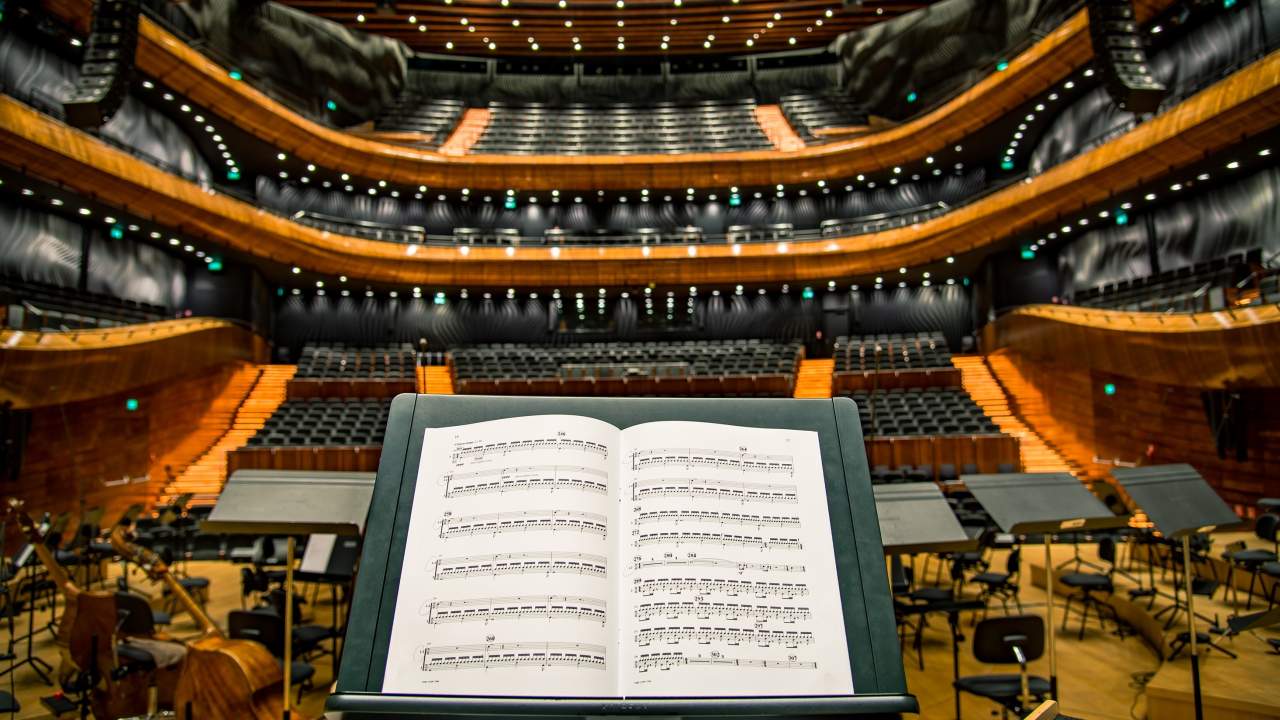
Expert Level Violin Concertos
Lastly, let’s look at two of the greatest violin concertos. These are incredibly difficult, and should only be learned once you have a full grasp on all the techniques within them.
Sibelius Violin Concerto in D minor
Time Period: 20th Century
Key Signature: D minor (1st movement), B flat Major (2nd movement), D minor (3rd movement)
Featured Techniques: Very fast passages, very high positions, bariolage, double stops, arpeggios
The Sibelius Violin Concerto is often considered the most difficult of all violin concertos, and it’s also the most beautiful (and my favorite!)
Professionals will spend years getting to know this concerto and perfecting all the technical intricacies within it.
Tchaikovsky Violin Concerto in D Major
Time Period: Romantic Era
Key Signature: D Major (1st movement), G minor (2nd movement), D Major (3rd movement)
Featured Techniques: Very high positions, chromatic passages, double stops
Piotr Ilyich Tchaikovsky wrote one violin concerto, and it’s beautiful, but also technically challenging, almost as much so as the one by Jean Sibelius!
I hope that you can find a new concerto to learn today, no matter what level you’re playing at! Despite being written in different time periods and for different levels, all of the pieces I mentioned today are beautiful and worth learning.
